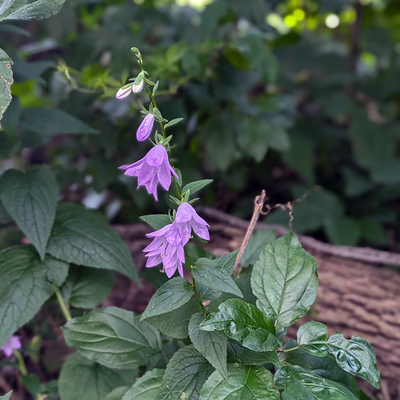Creeping bellflower is an invasive perennial plant that outcompetes other species and requires dedicated removal efforts. It's been thriving lately as it survived the drought and loves the rain.
Natural Resources News
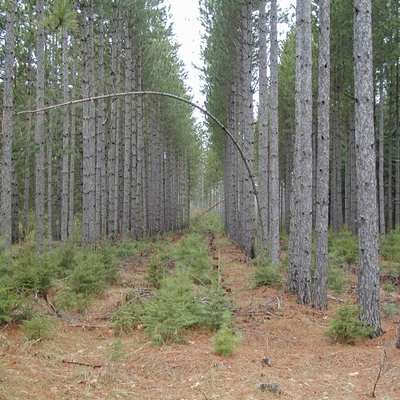
Tree species at the southern edge of their current range will face increasing climate stress, and hardwoods not currently seen in Minnesota may slowly take their place.
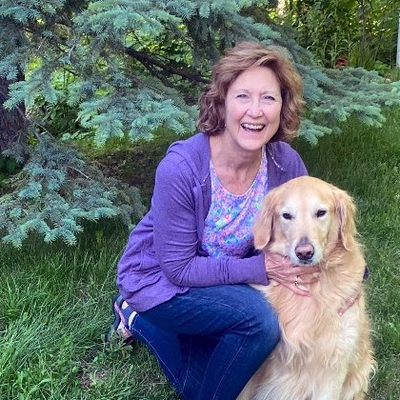
Cindy Gackle is a perfect example of how you don’t have to know everything or dedicate all your time to a cause. As long as you are committed, you can still make an impact.
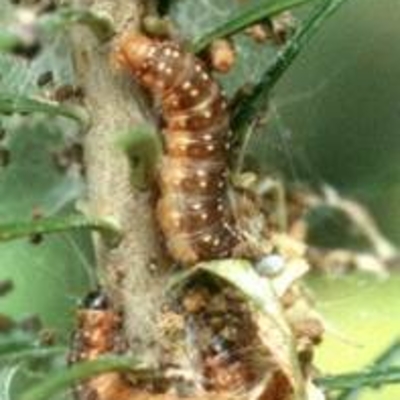
When spruce budworm eats the buds of a tree, the tree becomes stressed. While trees often can withstand this stress, the risk of tree death increases when a drought occurs in addition to spruce budworm feeding.

Heidi Roop will support President Biden’s climate agenda by helping deliver federal climate-related data, tools, resources and services to help the nation manage climate risks and implement solutions.
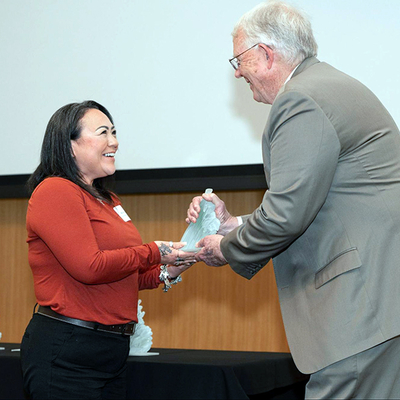
The University of Minnesota Climate Adaptation Partnership (MCAP) honored six leaders in climate adaptation from across the state, recognizing exceptional achievements in agriculture, community organizing, social justice and the arts.
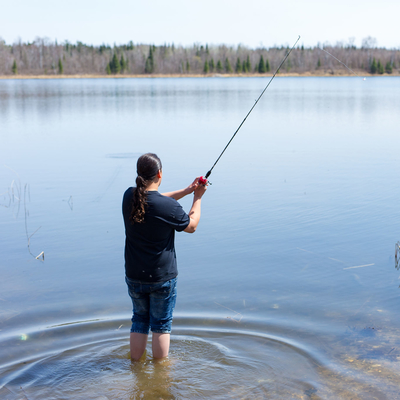
The University of Minnesota Climate Adaptation Partnership (MCAP) recently launched an interactive online tool that offers highly localized future climate information for Minnesota.
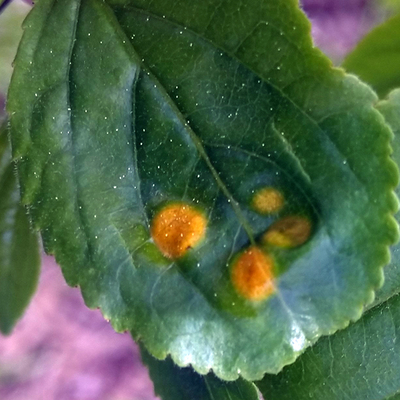
Imagine a future in which introducing fungi to a site helps control buckthorn and keeps these aggressive and ecosystem-altering plants in check. Researchers and funders are hoping to make this dream a reality.
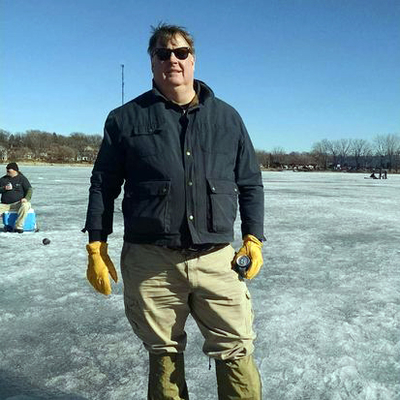
Flexible volunteer opportunities allow Raney to tailor his service around his schedule and make contributing to citizen science a regular activity.
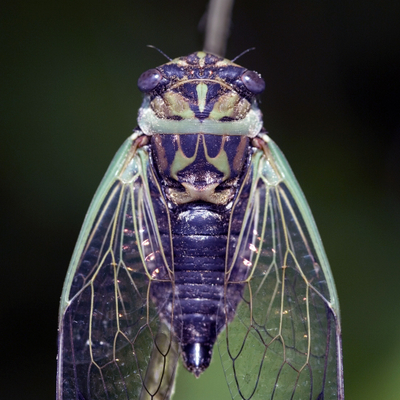
Parts of the country are set to see the emergence of high numbers of cicadas. What’s all the buzz about, and should Minnesotans be investing in earplugs?


